loss function
A loss function is a crucial component in machine learning and deep learning, serving as a metric to evaluate how well a model’s predictions align with the actual outcomes. It quantifies the difference between the predicted values and the true values, guiding the optimization process during training. By minimizing the loss function, the model adjusts its parameters to improve accuracy. Loss functions can be categorized into two main types: those used for classification tasks, which deal with discrete outcomes, and those for regression tasks, which handle continuous values. Selecting the appropriate loss function is vital for effective model training.

What are Loss Functions?
An article explaining different most used loss function in deep learning
📚 Read more at Towards Data Science🔎 Find similar documents

Most Common Loss Functions in Machine Learning
As a core element, Loss function is a method of evaluating your Machine Learning algorithm that how well it models your featured dataset. It is defined as a measurement of how good your model is in…
📚 Read more at Towards Data Science🔎 Find similar documents
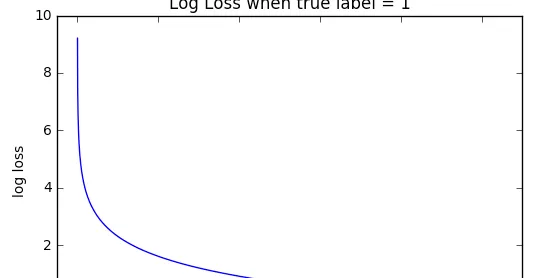
Loss Functions
Loss Functions Cross-Entropy Hinge Huber Kullback-Leibler RMSE MAE (L1) MSE (L2) Cross-Entropy Cross-entropy loss, or log loss, measures the performance of a classification model whose output is a pro...
📚 Read more at Machine Learning Glossary🔎 Find similar documents
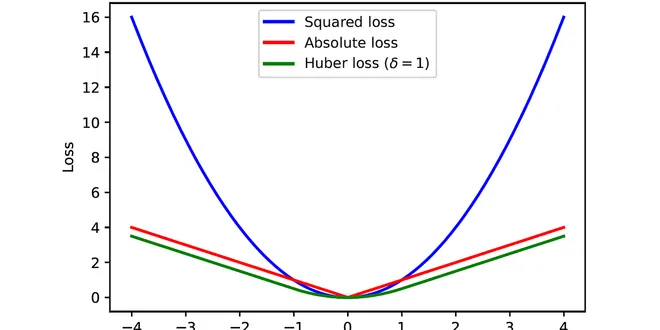
Loss Functions in Machine Learning
Loss functions have an important role in machine learning as they guide the learning process of the model and define its objective. There is a large number of loss functions available and choosing…
📚 Read more at Towards Data Science🔎 Find similar documents
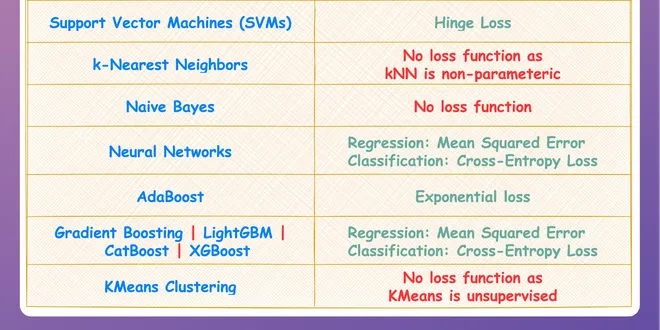
Loss Functions: An Algorithm-wise Comprehensive Summary
Loss functions are a key component of ML algorithms. They specify the objective an algorithm should aim to optimize during its training. In other words, loss functions tell the algorithm what it shoul...
📚 Read more at Daily Dose of Data Science🔎 Find similar documents
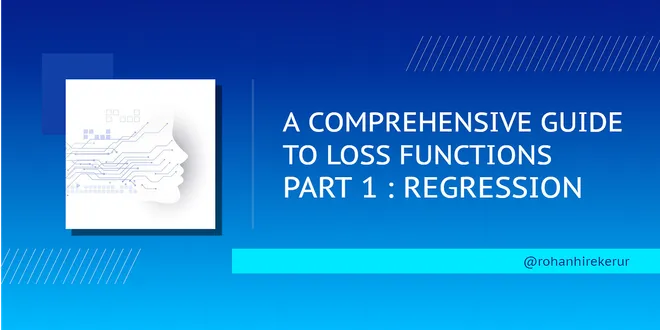
A Comprehensive Guide To Loss Functions — Part 1 : Regression
Loss functions are used to calculate the difference between the predicted output and the actual output. To know how they fit into neural networks, read :
📚 Read more at Analytics Vidhya🔎 Find similar documents
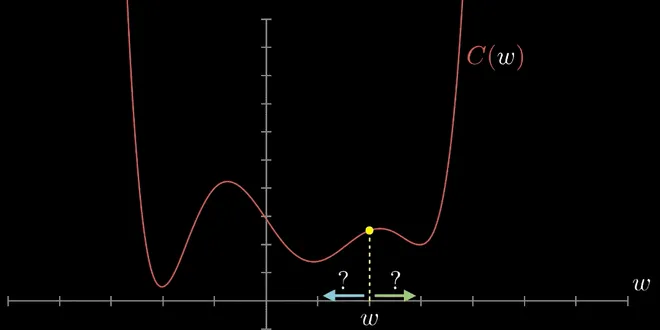
Loss Functions in Neural Networks
Loss functions show how deviated the prediction is with actual prediction. Machines learn to change/decrease loss function by moving close to the ground truth. There are many functions out there to…
📚 Read more at Becoming Human: Artificial Intelligence Magazine🔎 Find similar documents

How to Create a Custom Loss Function | Keras
The Loss Function is one of the important components of Neural Network. Loss is nothing but a prediction error of Neural Net. And the method to calculate the loss is called Loss Function. Loss is…
📚 Read more at Towards Data Science🔎 Find similar documents
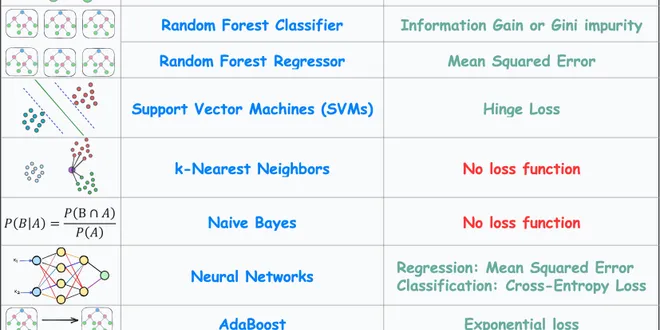
An Algorithm-wise Summary of Loss Functions in Machine Learning
Loss functions are a vital component of ML algorithms. They specify the objective an algorithm should aim to optimize during its training. In other words, loss functions explicitly tell the algorithm ...
📚 Read more at Daily Dose of Data Science🔎 Find similar documents

A Single Frame Summary of 10 Most Common Regression and Classification Loss Functions
Loss functions are a key component of ML algorithms. They specify the objective an algorithm should aim to optimize during its training. In other words, loss functions tell the algorithm what it shoul...
📚 Read more at Daily Dose of Data Science🔎 Find similar documents

Implementing Custom Loss Functions in PyTorch
In machine learning, the loss function is a critical component that measures the difference between the predicted output and the actual output. It plays a vital role in the training of a model, as it…...
📚 Read more at Towards Data Science🔎 Find similar documents
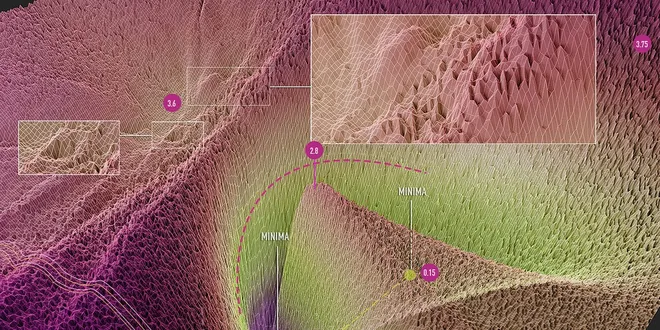
NLP using Deep Learning Tutorials : Understand Loss Function
Loss function also called the objective function, is one of the main bricks in supervised machine learning algorithm which is based on labeled data. A loss function guides the training algorithm to…
📚 Read more at Towards AI🔎 Find similar documents

